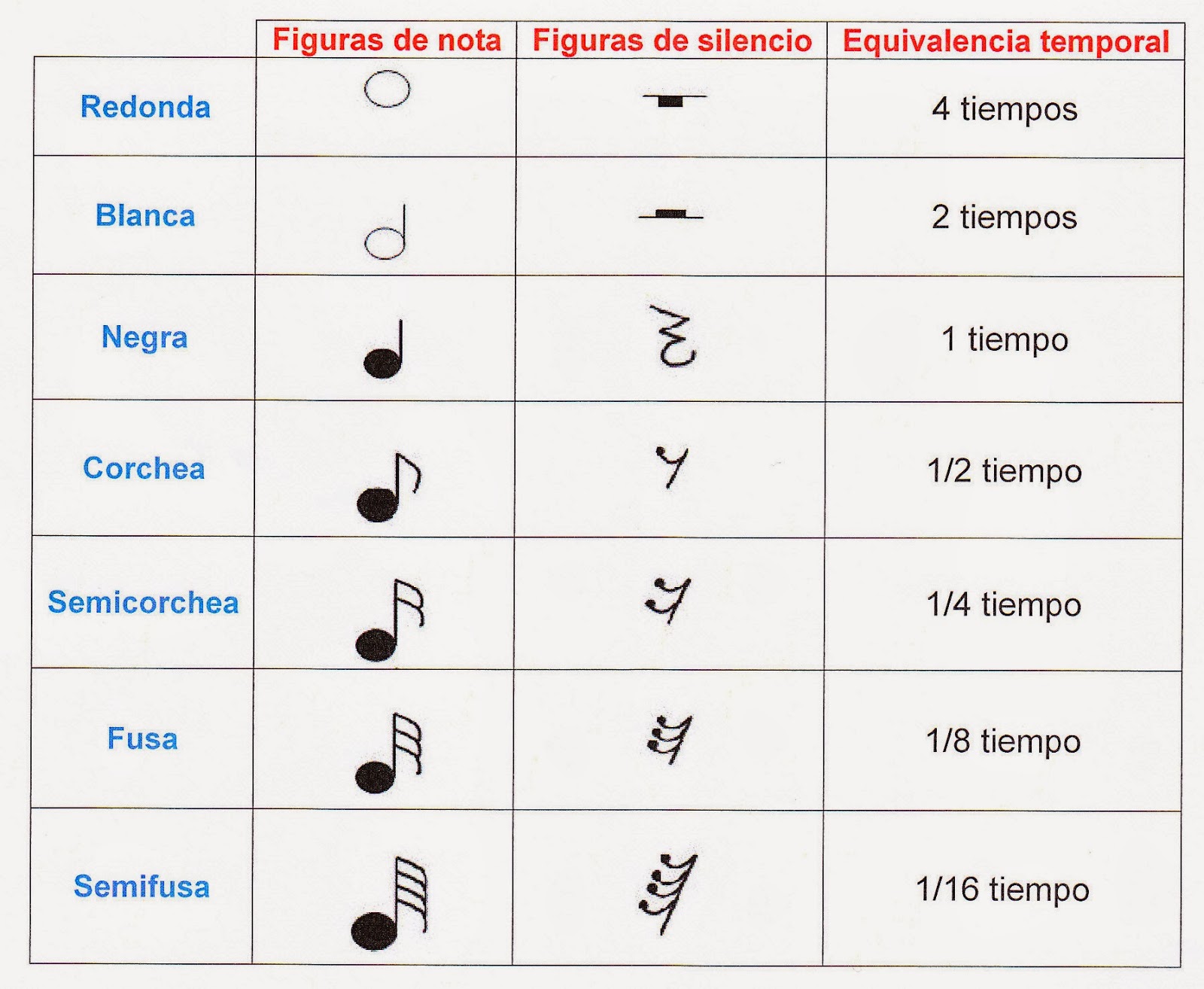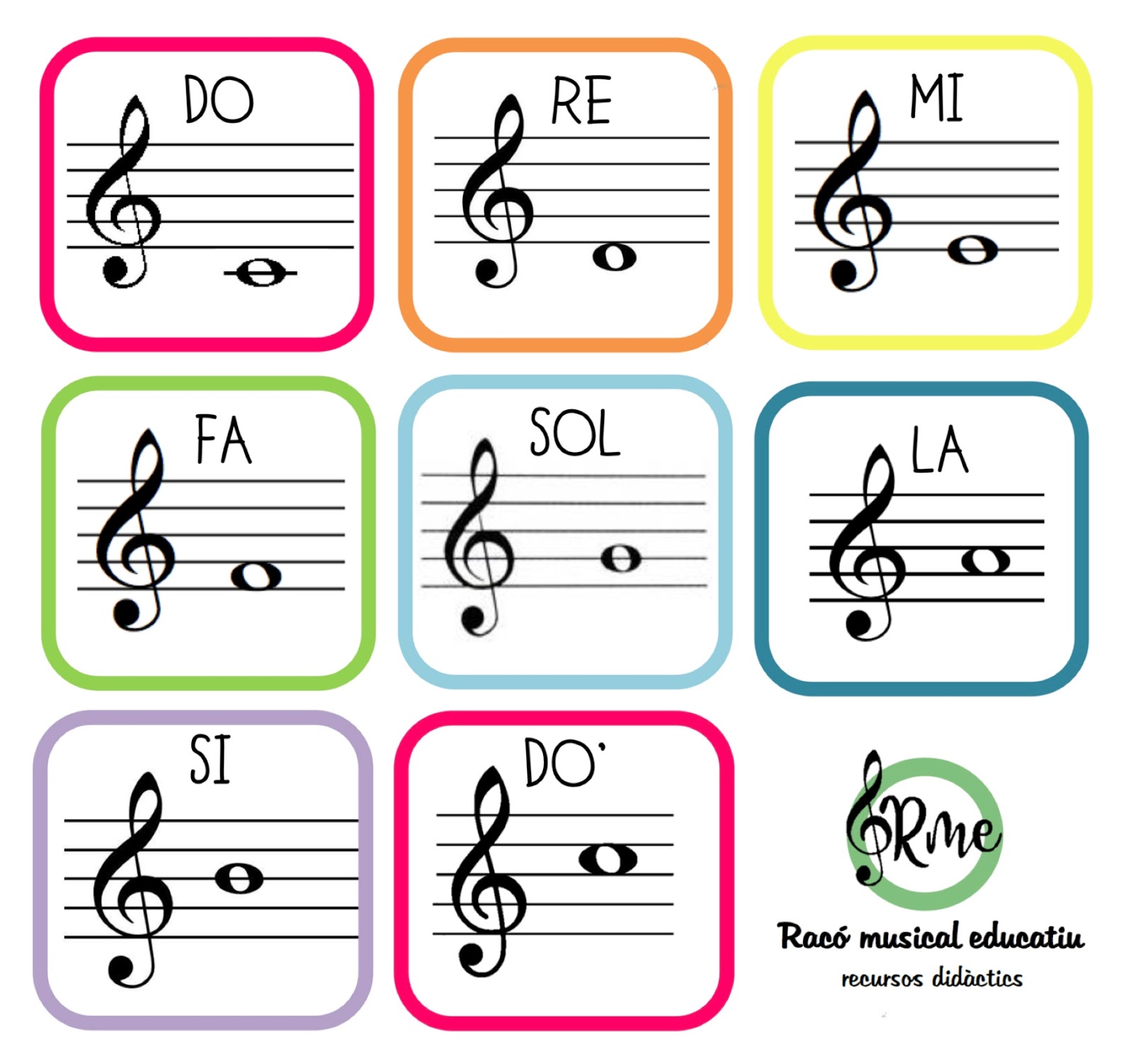Unlocking the Melody: A Guide to Musical Notation
Imagine trying to recreate your favorite song without access to recordings, sheet music, or even written lyrics. How would you capture the precise arrangement of sounds, the emotional nuances, the rhythmic tapestry that makes the music so compelling? This is the challenge musicians faced for centuries before the development of a standardized system of musical notation. Just like language relies on written symbols to convey meaning, music utilizes its own elegant system, a visual representation of sound known as musical notation.
Musical notation, often referred to as "music theory" in broader terms, encompasses a set of symbols and rules for representing musical sounds on paper or a digital screen. This intricate system allows composers to communicate their musical ideas with precision, enabling performers across time and cultures to bring those ideas to life. From the soaring melodies of opera to the intricate harmonies of jazz, musical notation serves as the foundation upon which countless musical masterpieces are built.
While the specific forms and complexities of musical notation have evolved throughout history, its core purpose has remained constant: to provide a visual language for music. Early forms of notation, such as those found in ancient Mesopotamia and Greece, often used simple symbols to represent pitches or patterns of sound. The development of modern Western musical notation is generally attributed to European monks during the medieval period. They sought a way to standardize the performance of Gregorian chant, the sacred music of the Catholic Church.
Guido d'Arezzo, an Italian Benedictine monk living in the 11th century, is credited with many of the innovations that shaped modern musical notation. He introduced the use of a four-line staff, a system of horizontal lines that provided a visual reference for pitch. Notes placed on different lines or spaces between the lines represented different musical tones. He also refined the use of symbols called "neumes," which indicated the relative duration and direction of pitches, forming the basis for modern musical notes.
Over the centuries, musical notation continued to evolve, becoming more refined and standardized. The five-line staff became standard, and symbols for rhythm, dynamics, and other musical elements were developed. This evolution allowed for greater complexity and nuance in musical composition and performance. Today, while variations and specialized notations exist across different genres and cultures, the fundamental principles established centuries ago remain the bedrock of musical literacy.
While mastering musical notation can seem daunting at first, the rewards are significant. It unlocks a deeper understanding of music's structure, allowing you to analyze melodies, harmonies, and rhythms with a discerning ear.
Advantages and Disadvantages of Learning Musical Notation
While the benefits of understanding musical notation are numerous, there are also some challenges associated with learning this system.
| Advantages | Disadvantages |
|---|---|
| Provides a universal language for musicians | Can be time-consuming to learn |
| Allows for precise communication of musical ideas | May initially feel abstract and disconnected from the actual sound of music |
| Opens up a world of repertoire and musical possibilities | Requires consistent practice and dedication |
Best Practices for Learning Musical Notation
Here are some tips for effectively learning musical notation:
- Start with the basics: Learn the names of the notes on the staff, rhythmic values, and basic musical symbols.
- Practice sight-reading: Regularly practice reading and playing simple melodies to develop your fluency.
- Listen attentively: As you learn notation, actively listen to music and try to identify how the notation reflects what you hear.
- Seek guidance: Consider taking lessons from a qualified music teacher who can provide personalized instruction and feedback.
- Be patient and persistent: Learning musical notation is a gradual process.
Embracing the world of musical notation is akin to unlocking a secret code that reveals the intricate beauty and logic within music. It empowers you to communicate, analyze, and appreciate music on a deeper level. Whether you aspire to become a composer, performer, or simply a more informed listener, the journey of learning musical notation is a rewarding endeavor that can enrich your life for years to come.

Pin on Enregistrements rapides | Kennecott Land
esquema de notas musicales | Kennecott Land

esquema de notas musicales | Kennecott Land

esquema de notas musicales | Kennecott Land

esquema de notas musicales | Kennecott Land

esquema de notas musicales | Kennecott Land

esquema de notas musicales | Kennecott Land

esquema de notas musicales | Kennecott Land

esquema de notas musicales | Kennecott Land

esquema de notas musicales | Kennecott Land

esquema de notas musicales | Kennecott Land

esquema de notas musicales | Kennecott Land

esquema de notas musicales | Kennecott Land

Partitura piano nota musical baterista, partitura, hoja, música, piano | Kennecott Land

esquema de notas musicales | Kennecott Land